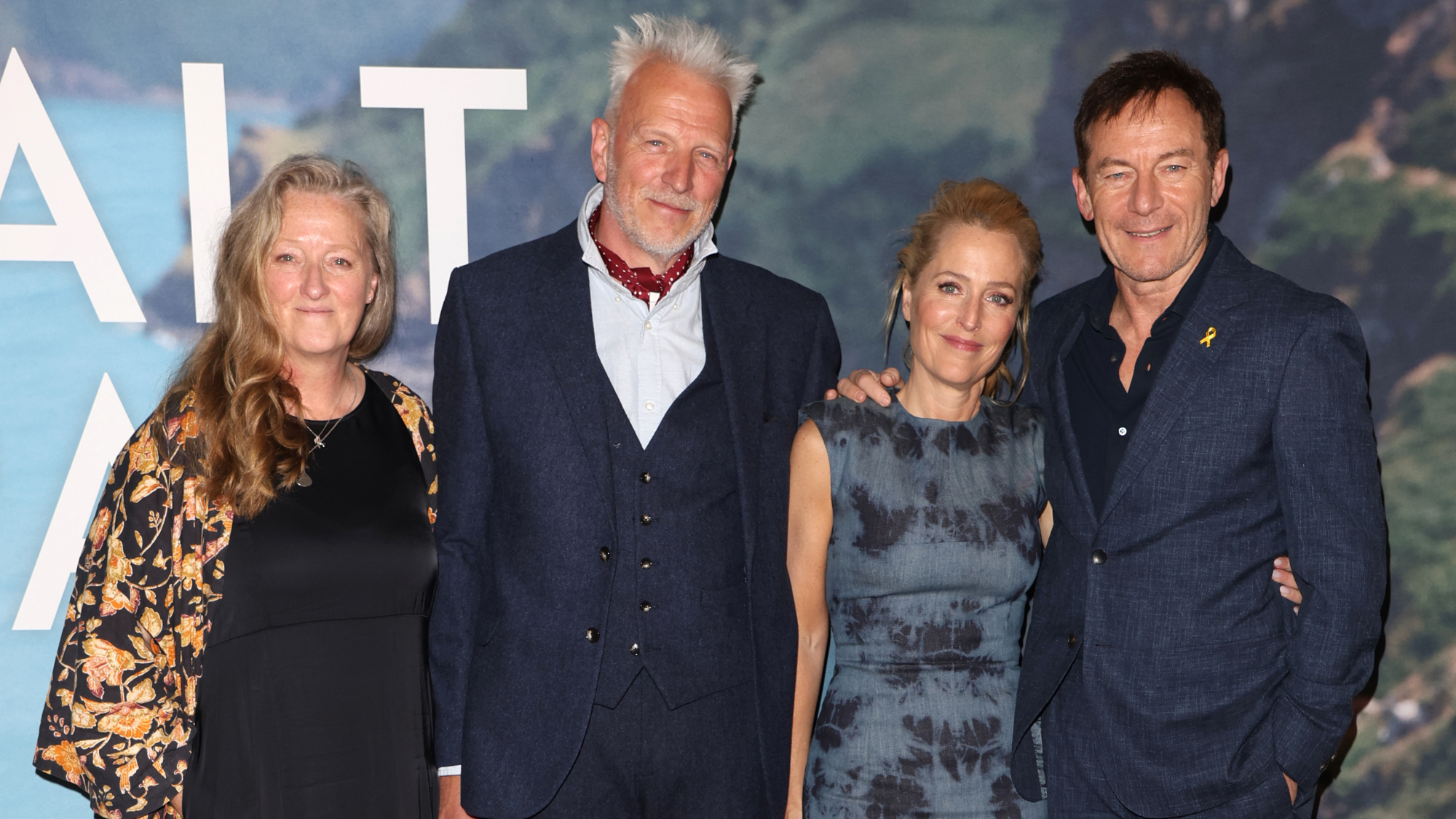Diamond’s days in the ’hood
The Flatbush area of Brooklyn, where Neil Diamond grew up in the 1940s and ’50s, was a very rough neighborhood.
It’s hard to tell from his schmaltzy balladeering, says Sylvie Simmons in Mojo, but Neil Diamond used to be in a street gang. Growing up on the mean streets of Flatbush, Brooklyn, in the 1940s and ’50s, Diamond, now 67, spent much of his childhood dodging bullets—and not always successfully. “You had to become part of a gang because you couldn’t be out there alone. You had to fight your way to school sometimes,” he says. “So I was a junior member of one of those gangs. They had BB guns, pellet guns, garrison belts, which are belts with big buckles for fighting up close. I didn’t have a gun, but I got shot in the face. I still have a scar under my eye.” His parents, who owned a small dry-goods store, eventually relocated the family to nearby Brighton Beach—a move that Diamond says changed his life. If Flatbush was West Side Story, Diamond says, “Brighton Beach was Grease.” He soon found himself pursuing less perilous pastimes: He joined the fencing team, which would yield him a sports scholarship to college, and he sang baritone in the school’s 100-voice choir. That was when his career dreams started to jell. “There was a kid just a year ahead of me who was already having hit records: Neil Sedaka. When you’re that close to something you think, Maybe I could do that too.”
A free daily email with the biggest news stories of the day – and the best features from TheWeek.com
The Week
Escape your echo chamber. Get the facts behind the news, plus analysis from multiple perspectives.

Sign up for The Week's Free Newsletters
From our morning news briefing to a weekly Good News Newsletter, get the best of The Week delivered directly to your inbox.
From our morning news briefing to a weekly Good News Newsletter, get the best of The Week delivered directly to your inbox.
-
 Animal Farm: has Andy Serkis made a pig’s ear of Orwell?
Animal Farm: has Andy Serkis made a pig’s ear of Orwell?Talking Point Animated adaptation of classic dystopian novella is light on political allegory and heavy on lowbrow gags
-
 What new cryptocurrency regulations mean for investors
What new cryptocurrency regulations mean for investorsThe Explainer The Treasury and the Financial Conduct Authority aim to make the UK a more attractive and safer place for crypto assets
-
 The Salt Path Scandal: an ‘excellent’ documentary
The Salt Path Scandal: an ‘excellent’ documentaryThe Week Recommends Sky film dives back into the literary controversy and reveals a ‘wealth of new details’